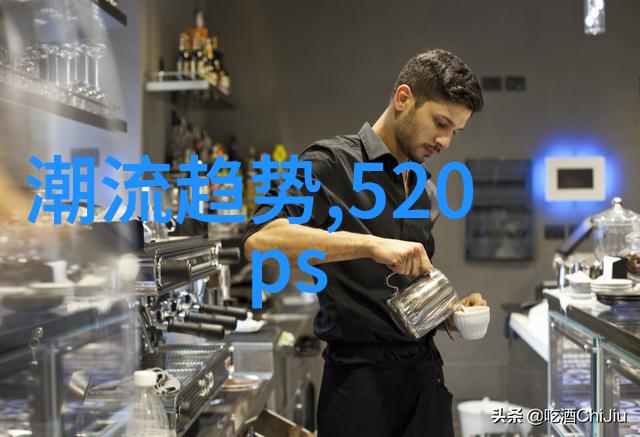Whimsical Wonders of Retro English: A Journey Through Time and Typography

The Birth of Retro English
Retro English, a style that pays homage to the past, has its roots in the early 20th century when language was more formal and structured. It was a time when words were chosen for their poetic value as much as their meaning. This linguistic phenomenon is characterized by an ornate vocabulary, complex sentence structures, and an emphasis on aesthetics.

Revival of Antiquated Terms
The use of antiquated terms is one defining feature of retro English. Words such as "whilom," "thou," and "thee" evoke a sense of nostalgia for a bygone era. These words not only add depth to our language but also serve as reminders of our rich cultural heritage.

Ornate Language Usage
Ornate language usage is another hallmark of retro English. This style encourages writers to be more elaborate in their expression, often using metaphors, allusions, and other literary devices to create vivid imagery in the reader's mind.

Emphasis on Aesthetics
Aesthetics play a significant role in retro English writing styles as well. Writers are encouraged to pay attention not just to the content but also the form or structure of their work, with elements such as rhythm and rhyme contributing significantly towards creating an engaging reading experience.

The Influence on Modern Writing
Despite being rooted in history, retro English continues to influence modern writing styles today through its unique charm and flair for storytelling. Many contemporary authors draw inspiration from this style while adapting it according to contemporary tastes.
6.The Future Of Retro Style Writing
As technology advances at breakneck speed shaping our world with each passing day; it's essential we remember where we came from – appreciate those who paved way before us & respect what they left behind (including languages like old english). There's no doubt about it; there will always be room for classic ways – even if they're 'retro'.



